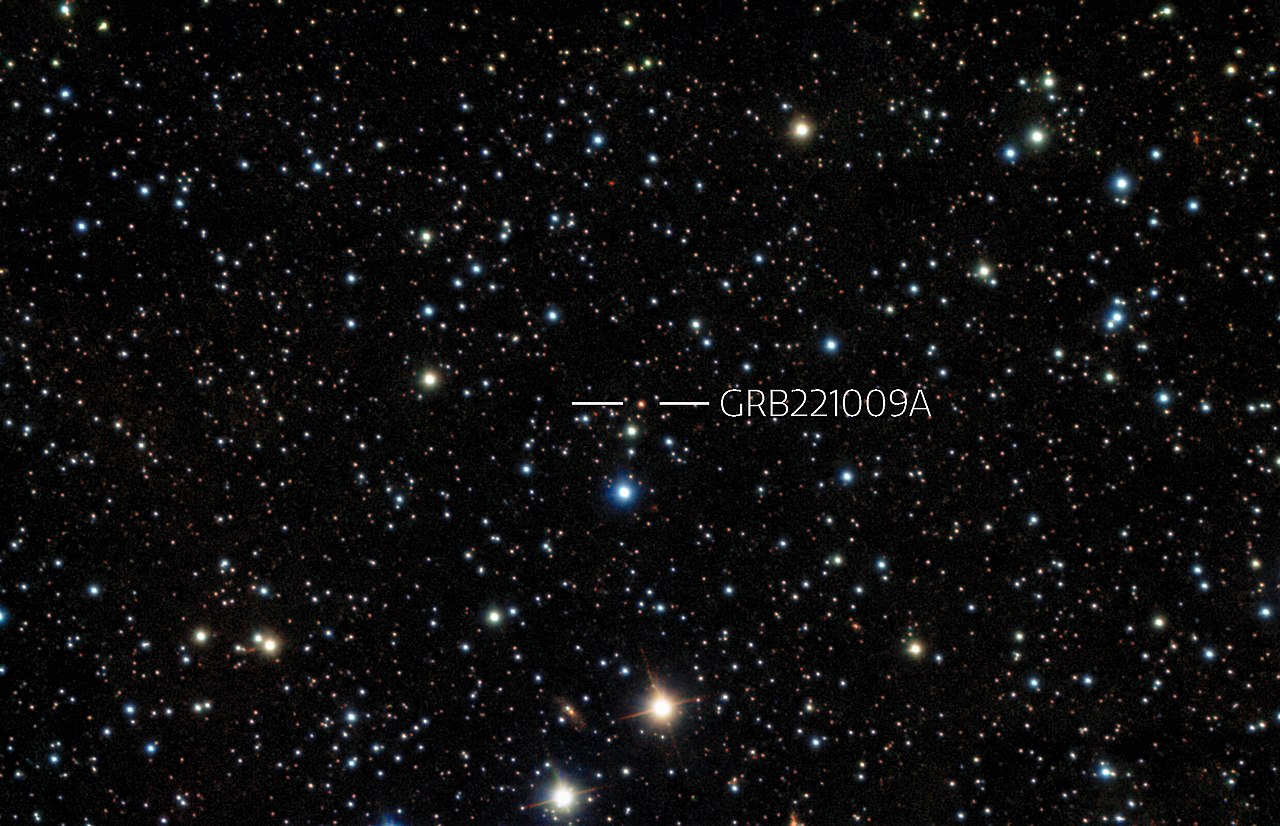In 2022, scientists detected a strange signal from the most powerful cosmic explosion ever seen, and now they say they've figured out what caused it.
The cosmic explosion was a gamma-ray burst (GRB), emitted by massive stars when they turn into black holes.
the NASA As the resulting giant feeds on matter, some of it is hurled in the opposite direction of the growing black hole, sending out enormous beams of energy that radiate through the dying star's outer surface. When these beams are directed toward Earth, they can be detected by satellites in space.
Nothing came to light until long after the gamma ray burst.

An imaginary drawing of a gamma ray burst. Illustration: ISO/A. Missile
The brightest gamma-ray burst ever recorded, officially known as GRB 221009A, was detected on October 9, 2022, according to reports. Life SciencesIt shot so many gamma rays toward our planet that it saturated all the detectors on the spacecraft orbiting Earth, which is why they didn't work during the most intense part of the explosion.
But after about a minute the explosion subsided and the detectors started working again. An unusual energy peak of about 12 million electron volts was then detected, lasting about 40 seconds. By comparison, visible light has an energy of about 2-3 electron volts.
“When I first saw this signal, it gave me goosebumps,” lead researcher Maria Edwige Ravasio said in the statement. Scientists have been studying gamma-ray bursts for 50 years, but this is the first time such a signal has been detected with such certainty, she added.

Thanks to the rapid response of observers and crews, GRB221009A was spotted from the Gemini South Observatory in Chile. The image was taken on the morning of Friday, October 14, 2022, using two instruments. Gemini International Observatory/NOIRLab/NSF/AURA/B. O'Connor (UMD/GWU) and J. Rastinejad & W. Fong (Northwestern University)
But what happened during the explosion that took researchers by surprise? Matter and antimatter are thought to have collided and annihilated each other at 99.9 percent the speed of light. According to the researchers, the strange energy peak is evidence that electrons and their antimatter variant, positrons, collided and annihilated each other.
When these two types of particles annihilate each other, they typically release about half a million electron volts of energy. Although that's much less than 12 million electron volts, the researchers say the detected beams were traveling toward Earth at nearly the speed of light, creating a compression wave.
“The chance that this feature is just a fluctuation in noise is less than one in half a billion,” said study co-author Om Sharan Silvia, an astrophysicist at the National Institute of Astrophysics in Milan.
The findings could help us understand the chaotic environment inside these streams, because although researchers have been exploring them for decades, they still don't understand all the processes involved in their formation.
Worth reading:






